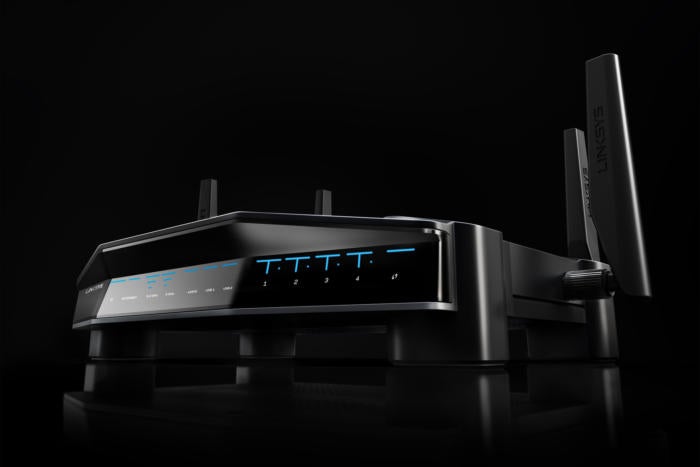 Image: Microsoft
Image: MicrosoftNow that Microsoft has brought Game Mode to the Windows 10 Creators Update, the company’s clearly committed to making gaming a priority for Windows, after years of neglect. From here on out, the sky’s the limit, right?
PCWorld tried to find out more during a recent interview with Kevin Gammill, the program manager for Microsoft’s Xbox Platform Partner Group Program. Gammill wouldn’t say exactly what Microsoft is looking at next. Based on the scant hints he dropped, however, we came up with our own educated guesses.
Microsoft added Game Mode to the Windows 10 Creators Update as a way to smooth out the performance of PC games. As PCWorld’s tests proved, Game Mode works best when there’s what Gammill called “resource contention”—many apps running simultaneously. That’s when Game Mode can step in to redirect CPU and GPU power to your game.
Game Mode’s goal is to boost a game’s minimum frame rate, hopefully lifting it over the threshold of 30 frames per second that most gamers consider playable. We had higher expectations going into our tests, and Gammill seemed a bit defensive when I used the term “minimal” to describe Game Mode’s overall improvements. “I would argue that a 10 percent improvement in frame rate is significant,” he said.
According to Gammill, many of the Windows apps that run on top of Windows 10 don’t take up your PC’s resources—part of the reason, perhaps, that I didn’t see much improvement in Game Mode as part of our Creators Update review, but Brad Chacos did as part of his more extensive tests.
What’s next for Game Mode
Game Mode may be new, but Gammill sees it as just another part of the planned evolution of the operating system. “The way we look at Game Mode is as a larger piece of the pie as we look at making Windows 10 the best operating system for games,” he said.
When we asked for specifics, Gammill remained vague. “We focused on this initial release in Game Mode on CPU and GPU contention,” Gammill added. “You can imagine other areas of contention that we would focus on in the future.”
 Linksys
LinksysGaming prioritization already ships as part of the Linksys WRT32X gaming router. Assimilating this into the Windows 10 OS seems like a good fit.
Two possible answers come to mind: your PC’s main memory, as well as network traffic. It’s no secret that running applications require active memory use, but services running under the hood also tap your PC’s memory. (For a look, open the Task Manager by typing WIN + X, then make sure you have the “More details” dropdown menu enabled.)
Some services, like your antivirus program, almost certainly need to remain active. But what about an instance of Google Drive, or OneDrive, or Slack? You might not think to disable these, as they typically hide in your Taskbar when not actively used. It’s not clear whether tombstoning those services would make much difference, but it’s likely Microsoft is working on it.
With the new version of the Creators Update, Microsoft has made social gaming a priority. Built-in services like Beam simplify game streaming, while other activities like Clubs and Looking for Group encourage gamers to find new friends to play with online. It stands to reason, then, that Microsoft would want to make the multiplayer experience as enjoyable as possible.
Stealing good ideas from other products
Numerous routers already establish quality-of-service at the router level, prioritizing traffic that’s susceptible to latency, such as streaming video. If Microsoft wants to eliminate network contention, it might steal a page from Linksys’ WRT32X Wi-Fi Gaming Router and its built-in Rivet Networks’ Killer Prioritization Engine. Rivet’s technology identifies and prioritizes game streams, so a connection doesn’t stutter and drop out at a crucial moment. It’s already built into some gaming PCs, too—why not the operating system?
Microsoft has room for improvement in other areas. Windows’ Active Hours feature already attempts to delay updates and patches until you’re no longer using your PC. It certainly seems like some apps (hi, Kaspersky) haven’t quite received the message. And then there’s Beam—reducing the CPU overhead for streaming seems like a good idea.
Because the Xbox is already optimized for gaming, it probably comes as no surprise that Game Mode won’t be part of that platform. Instead, Gammill said, Microsoft’s engineers are taking what they learned from the Xbox and applying it to Windows 10. However Microsoft keeps improving our PC gaming experiences for free, we’re all for it.